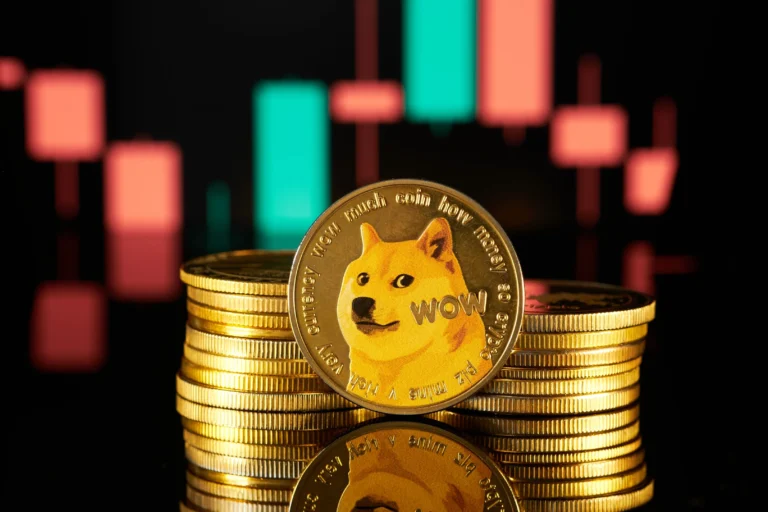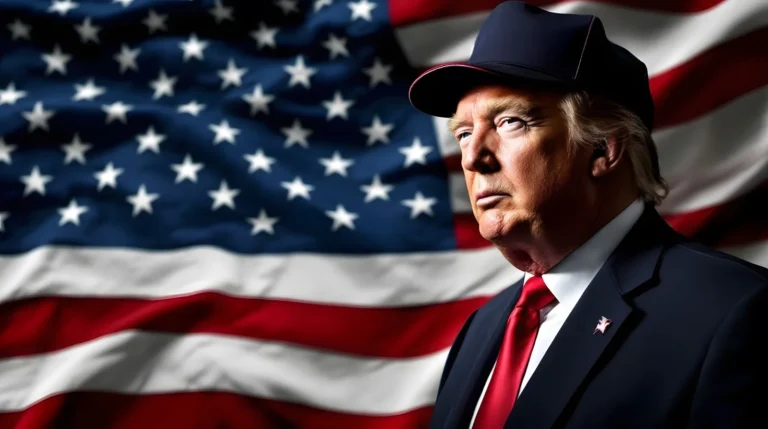Dogecoin (DOGE) with the image of a Shiba Inu dog called Kabosu as its logo, is one of the most popular and successful memecoins. It is considered an altcoin and was launched in December 2013.

USDT – What Is It? What Is the Difference Between USDT ERC20, TRC20 and BEP2 Token Standards?
What Is a Stablecoin?
In simple terms, a stablecoin is a cryptocurrency whose value is pegged to a fiat currency or other stable assets. This makes stablecoins more predictable and resilient compared to more volatile cryptocurrencies like Bitcoin or Ethereum.
What Is Tether – A Cryptocurrency with Unique Features
Tether represents an innovative approach to creating a cryptocurrency that combines the worlds of cryptocurrencies and traditional fiat money. Its peg to the U.S. dollar and availability on different blockchains make it a convenient means of exchange and storage of funds.
USDT or Tether
USDT is a cryptocurrency that has become one of the most popular means of exchange in the world of cryptocurrencies in recent years. But what is USDT, and what features make it so popular? Let’s delve into the details.
What Is USDT?
USDT is a cryptocurrency, also known as Tether. The main idea behind this cryptocurrency is to provide stability in its value by pegging it to traditional fiat currencies such as the U.S. dollar. The word “Tether” reflects the essence of this cryptocurrency, signifying a connection or tether to traditional fiat currencies.
Is USDT the Same as the Dollar?
Not exactly. USDT is a stablecoin, which means its price is pegged to a specific fiat currency. In the case of USDT, it is pegged to the U.S. dollar. This means that 1 USDT always equals approximately 1 U.S. dollar. However, it’s important to note that USDT is a cryptocurrency and has its unique features, unlike regular dollars stored in bank accounts.
USDT and TRC20 Tokens
USDT exists in various versions and can be issued on different blockchains. One of the most popular versions is USDT TRC20. This token is based on the TRON blockchain (TRC20 is the TRON token standard), and it has some advantages, such as lower transaction fees and faster transaction times compared to the more well-known USDT ERC20, which operates on the Ethereum blockchain.
What Is TRC20?
TRC20 is a token standard developed for the TRON blockchain. It is similar to the ERC20 standard used on the Ethereum blockchain and establishes unified rules for tokens issued on the TRON platform, making them compatible and facilitating easy exchange within this ecosystem.
Tether and TRC20: How It Works
Tether TRC20 operates on the principle of pegging. The issuer (typically Tether Limited) maintains a reserve of fiat currency, such as U.S. dollars, in their bank accounts. For each USDT issued on the TRON blockchain, there is a corresponding reserve in dollars in the bank account. This creates the assurance that USDT can always be exchanged for dollars at a fixed rate.
Tether – How It Works
To better understand how Tether works, let’s break down the key steps of the process:
- Issuance. The issuer (Tether Limited) issues USDT on the TRON blockchain by depositing the equivalent amount of dollars into their bank account.
- Reserve Holding. The reserve in dollars is held in a bank account and is subject to audits to confirm that the amount of issued USDT matches the actual reserve of dollars.
- Exchange. Users can exchange their cryptocurrencies for USDT and vice versa. The issuer guarantees the exchange at a fixed rate.
- Usage. USDT can be used for transactions, purchasing other cryptocurrencies, or storing funds.
Benefits of Tether TRC20
Using Tether TRC20 comes with several advantages:
- Low Transaction Fees. Thanks to the TRON blockchain, transactions with USDT TRC20 are cost-effective compared to other blockchains.
- Fast Transaction Times. TRON is also known for its fast transaction confirmations, making USDT TRC20 an excellent choice for swift transfers.
- Availability. Tether TRC20 is available on many cryptocurrency exchanges and platforms, making it easily accessible to users.
USDT and ERC20
In addition to USDT TRC20, there is also USDT ERC20, which operates on the Ethereum blockchain. This version of USDT has its own features and advantages. It is also a stablecoin pegged to the U.S. dollar but utilizes a different blockchain.
What Is ERC20?
ERC20 is a token standard developed for the Ethereum blockchain. It establishes uniform rules for all tokens issued on this platform, making them compatible and ensuring easy interchange.
Benefits of Tether ERC20
Tether ERC20 has its advantages:
- Liquidity. The Ethereum blockchain is one of the most popular and liquid blockchains, facilitating the exchange of USDT ERC20 for other cryptocurrencies.
- Compatibility. USDT ERC20 is supported by many wallets and exchanges, ensuring broad compatibility.
Tether and BEP20
In addition to USDT TRC20 and USDT ERC20, there is also USDT BEP20, which operates on the Binance Smart Chain (BSC). This version of USDT provides access to the resources and advantages of the Binance Smart Chain.
What Is BEP20?
BEP20 is a token standard developed for the Binance Smart Chain. It is similar to the ERC20 standard but is designed for the Binance Smart Chain ecosystem.
Benefits of Tether BEP20
Tether BEP20 has its advantages as well:
- Low Transaction Fees. Similar to USDT TRC20, the Binance Smart Chain offers low transaction fees.
- Transaction Speed. The Binance Smart Chain is known for its transaction processing speed.
- Integration with Binance. USDT BEP20 is convenient to use on the Binance exchange and within the Binance Smart Chain ecosystem.
What Is Tether – In Simple Words: Conclusion
In simple words, Tether is a cryptocurrency that always has a value of approximately 1 dollar. It is a convenient means of exchange and storage of funds and is available on various blockchains, including TRON, Ethereum, and the Binance Smart Chain.
Tether enables users to enjoy the benefits of cryptocurrency without being subject to significant price fluctuations. This makes it a popular means for trading and storing funds in the world of cryptocurrencies.
Tether and TRC20: Conclusion
Tether is an innovative approach to creating a cryptocurrency that bridges the worlds of cryptocurrencies and traditional fiat money. USDT TRC20 offers the advantages of the TRON blockchain, such as low transaction fees and fast transactions, making it a popular means of exchange.
Tether and ERC20: Conclusion
Tether ERC20 remains one of the most widely used versions of USDT thanks to the liquidity of the Ethereum blockchain and broad support.
Tether and BEP20: Conclusion
Tether BEP20 provides access to the Binance Smart Chain ecosystem and offers users low transaction fees and fast transaction processing.
Start your crypto exchange with Coin24

Exchange BTC, ETH, USDT and more — cash or card

Secure and fast crypto exchange since 2018



